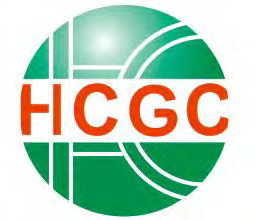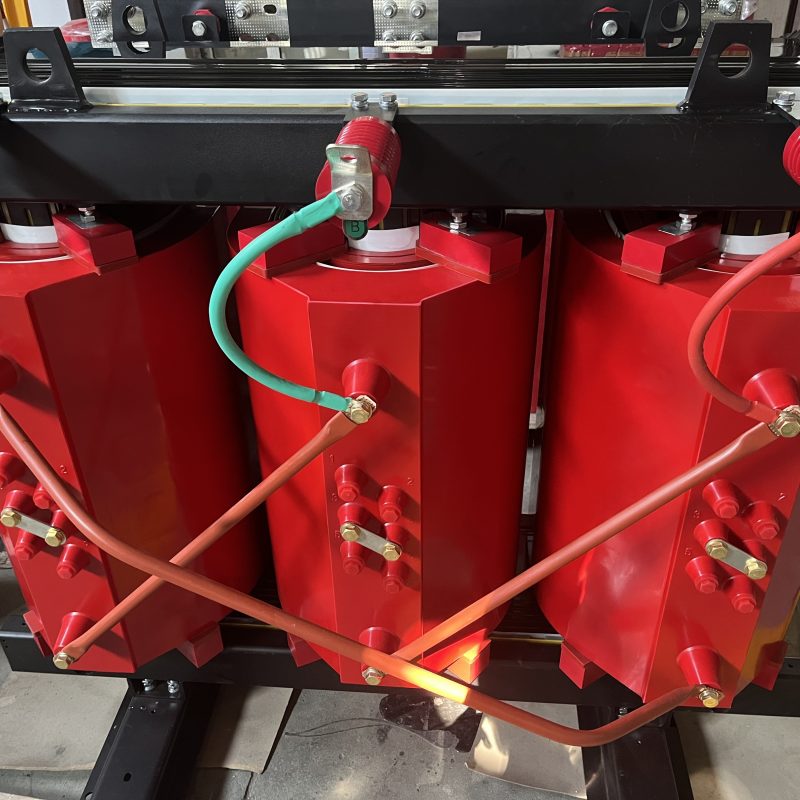Copper Winding or Aluminum Winding
When choosing a transformer, copper winding and aluminum winding are the two mainstream materials, choose copper winding or aluminum winding? Each with significant advantages and disadvantages. The following is a detailed comparative analysis:
Core performance comparison
1.conductivity
Copper has good conductivity, so copper transformers are smaller and have higher power density.
2.Mechanical strength
-copper: High tensile strength, deformation resistance, good winding stability
-Aluminum: It is soft in texture and easily deformed due to vibration or thermal expansion and contraction, requiring special structural design and reinforcement.
- Cost Factors
– Raw Materials: Aluminum is approximately one-third the price of copper, significantly reducing material costs.
– Processing and Design: Aluminum requires a larger cross-sectional area and heat dissipation structure, potentially increasing housing costs. Copper, due to its mature processing technology, offers lower labor costs.
Overall Cost: Copper is more advantageous for small-power transformers, while aluminum is more economical for high-power transformers.
Long-Term Use and Reliability
- Corrosion Resistance
– Copper: Naturally resistant to oxidation, reducing the risk of corrosion at joints.
– Aluminum: The surface easily oxidizes, forming a high-resistance film. Tin plating or application of an antioxidant is required. Otherwise, contact resistance increases, leading to overheating.
- Connection Reliability
– Copper: Terminal connections are simple and reliable, and unlikely to loosen.
-Aluminum: High thermal expansion coefficient (40% higher than copper). Repeated power cycling can easily loosen bolted connections, requiring the use of specialized gaskets or crimping techniques.
- Temperature Rise and Lifespan
– Copper: Low resistance, resulting in lower temperature rise (approximately 10-15°C lower) under the same load, slows insulation aging, and generally extends lifespan.
– Aluminum: Temperature rise must be controlled by increasing the size. Improper design can lead to localized overheating, shortening insulation lifespan.
Engineering and Environmental Considerations
- Weight
– Aluminum’s density (2.7 g/cm³) is only 30% of copper’s (8.9 g/cm³). A transformer with the same power rating is 40%-50% lighter, making it easier to transport and install.
- Environmental and Recycling
– Both are 100% recyclable, but copper has a higher residual value (approximately three times that of aluminum), reducing scrap costs in the long term.
- Design Flexibility
– Due to their large size, aluminum transformers are less suitable for space-constrained environments (such as basements and compact substations).
Industry Application Trends
– Copper Transformers:Dominate the high-end market (hospitals, data centers, industrial control systems), and are suitable for scenarios requiring high load rates and long lifespans.
– Aluminum Transformers:Widely used in cost-sensitive applications such as residential power distribution (community buildings, shopping malls) and temporary power supply, they account for approximately 50% of the global distribution transformer market share (even higher in North America).
Key Note: Aluminum transformers require rigorous craftsmanship—poor crimping or connection procedures are the primary cause of aluminum winding failures. It’s crucial to select a reputable brand and confirm compliance with IEC 60076 or IEEE C57.12 standards.
Conclusion
– Choose Copper wingding: Seeking ultimate reliability, long life, compact design, and a sufficient budget.
– Choose Aluminum wingding: Budget-constrained, weight-sensitive, moderate load factor, and the ability to ensure high-quality manufacturing.
Modern technologies (such as copper-clad aluminum wire and improved connection techniques) are narrowing the gap between the two, but material properties still play a decisive role in key applications. It’s recommended to make trade-offs based on the application’s priorities (cost/lifespan/space/weight).


